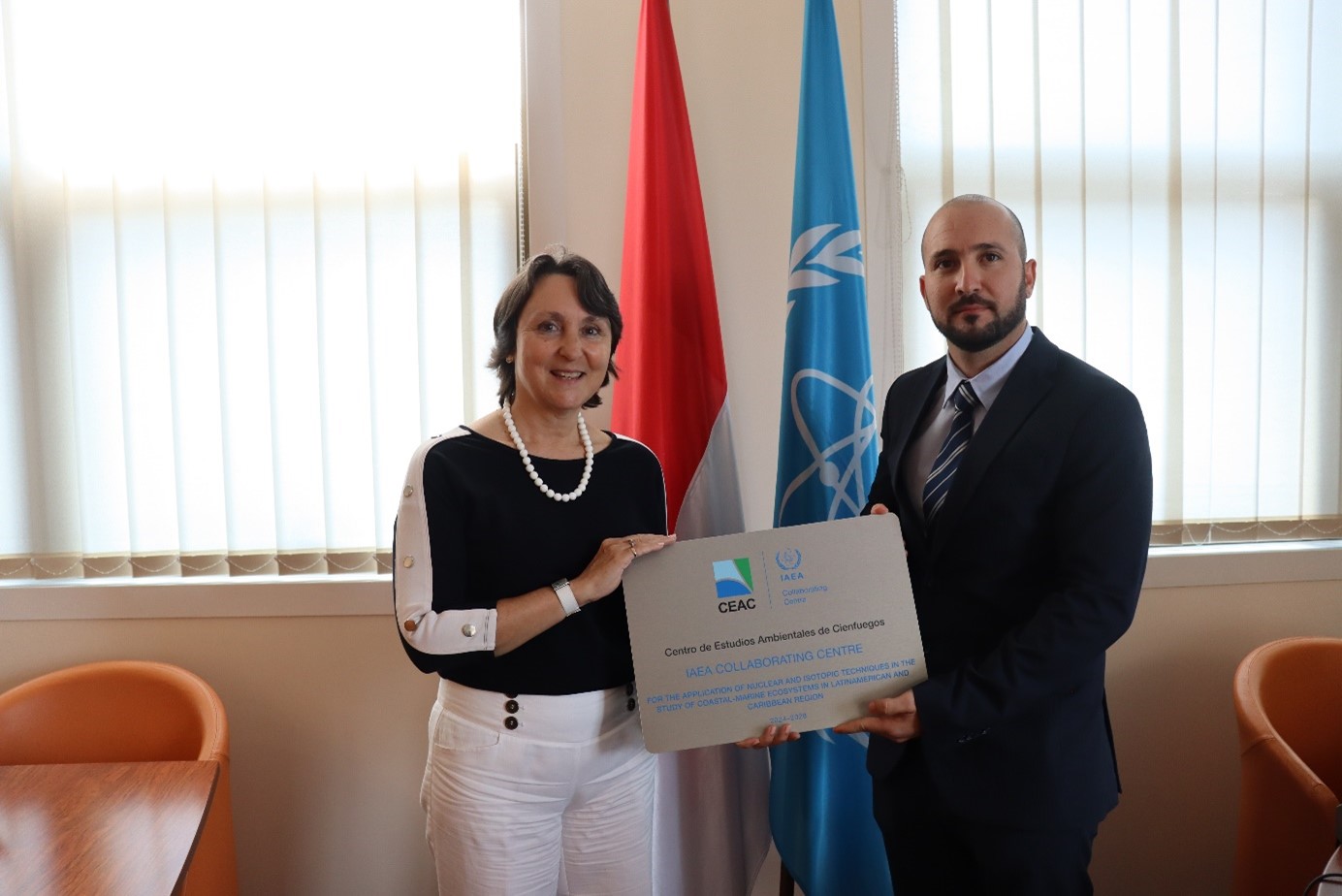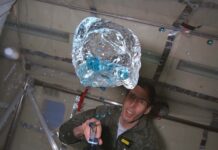Cuba Hosts First IAEA Collaborating Centre for Marine Research in Small Island Developing States
In a landmark development, Cuba has been chosen as the site for the first International Atomic Energy Agency (IAEA) Collaborating Centre focused specifically on marine research within a small island developing state. This new designation highlights the significant role that the Centro de Estudios Ambientales de Cienfuegos (CEAC) has played over the years in pioneering the application of nuclear and isotopic techniques to better manage Cuba’s delicate marine environments. With this formal designation, the collaboration between CEAC and the IAEA is set to deepen, with an expanded scope to include the study of marine-coastal ecosystems across the Latin American and Caribbean region.
The CEAC is poised to become a pivotal hub for research, development, and capacity building in key areas affecting marine and coastal environments. These areas include marine and coastal pollution, harmful algae blooms, ocean acidification, and carbon sequestration, among others. The establishment of this Collaborating Centre under a five-year agreement will bolster IAEA’s efforts to enhance regional capabilities in using nuclear tools and techniques. Such advancements are crucial for regional marine monitoring, ensuring seafood safety, and building resilience in coastal communities.
Small Island Developing States (SIDS), such as Cuba, are particularly reliant on the ocean for both environmental and economic well-being. This dependence makes them especially vulnerable to changes in ocean conditions. As such, the ability to monitor and understand these changes is essential for providing communities with the information needed to identify potential threats and mitigate any negative impacts.
Advancing Scientific Research and Capacity Building
Florence Descroix-Comanducci, Director of the IAEA Marine Environment Laboratories, emphasized the importance of this collaboration by stating, "The centre will support studies relevant to the identification of sources and effects of pollutants in the environment, using isotopic, nuclear and molecular techniques." This partnership with CEAC is a testament to the progress that can be achieved through scientific collaboration, and it sets the stage for significant advancements in understanding and addressing marine environmental challenges.
To celebrate CEAC’s designation as an IAEA Collaborating Centre, Descroix-Comanducci presented CEAC Director Alejandro Garcia Moya with a commemorative plaque in June 2024 at the IAEA Marine Environment Laboratories. This gesture underscores the importance of the collaboration and the promising future it holds for marine research in the region.
The Importance of Nuclear and Isotopic Techniques
For those unfamiliar with nuclear and isotopic techniques, these are advanced scientific methods used to analyze and understand complex environmental processes. In the context of marine research, these techniques can provide valuable insights into the sources and effects of various pollutants, track changes in ocean chemistry, and study the biological processes that affect carbon cycling in marine ecosystems. By employing these techniques, researchers can gather precise data that is critical for informed decision-making and policy development.
Enhancing Regional Monitoring and Seafood Safety
One of the key objectives of this collaboration is to enhance regional marine monitoring capabilities. This involves using nuclear tools to analyze the health of marine ecosystems and identify potential threats. Such monitoring is vital for ensuring the safety of seafood, a crucial component of the diet and economy for many communities in the region. By strengthening seafood safety programs, the initiative aims to protect public health and support sustainable fisheries.
Additionally, building resilience in coastal communities is a major focus of the Collaborating Centre. By equipping these communities with the knowledge and tools to understand and adapt to ocean changes, the initiative helps ensure their long-term environmental and economic stability.
Broader Implications and Global Significance
The establishment of this Collaborating Centre in Cuba has broader implications for the global scientific community. It represents a step forward in international cooperation and knowledge sharing, particularly in regions that are most vulnerable to environmental changes. By fostering research and capacity building, the initiative contributes to the global effort to address pressing environmental challenges and promote sustainable development.
Moreover, the collaboration serves as a model for other regions facing similar challenges. By demonstrating the effectiveness of nuclear and isotopic techniques in marine research, it encourages other small island developing states to adopt similar approaches, thereby enhancing their own capabilities to manage and protect their marine environments.
Conclusion
In conclusion, the designation of the Centro de Estudios Ambientales de Cienfuegos as the first IAEA Collaborating Centre for marine research in a small island developing state marks a significant milestone in the effort to better understand and protect marine environments. Through this collaboration, Cuba is set to play a leading role in advancing marine research in the Latin American and Caribbean region, paving the way for innovative solutions to environmental challenges and promoting sustainable development.
As we look to the future, the partnership between CEAC and the IAEA promises to yield valuable insights and advancements that will benefit not only the region but also the global community. By leveraging the power of science and international collaboration, we can work towards a more sustainable and resilient future for our oceans and the communities that depend on them.
For more Information, Refer to this article.


































